Transform your home into a sanctuary of timeless elegance with mid-century furniture ideas that seamlessly blend tradition and modernity. Renowned for their distinctive designs, mid-century modern interior designs exude sophistication and character, offering a unique way to refresh your living space. Whether you’re aiming to create a vintage-inspired living room or seeking mid-century modern bedroom ideas, these pieces bring a sense of history and artistry to every corner. Discover how mid-century furniture design ideas can elevate your space, combining classic charm with contemporary flair, and explore the versatility of these iconic styles in various settings. From cozy bedrooms to sleek living areas, mid-century modern decor ideas provide endless inspiration for crafting a space that feels both historic and fresh.
Key Takeaways
– Mid-Century Modern Design: Defined by clean lines, minimalist aesthetics, and functionality, this style emerged in the 1950s, blending natural inspiration with innovative materials like wood, metal, and leather.
– Key Features: Includes simple geometric shapes, smooth rounded edges, and a focus on natural light and open spaces, reflecting functionality over decoration.
– Prominent Designers: Icons like Charles Eames, George Nakashima, and Eero Saarinen contributed significantly, influenced by post-WWII optimism.
– Identification Tips: Look for clean lines, teak or oak finishes, mortise and tenon joints, and signature designs from notable creators.
– Popular Styles: Features Modernist, Scandinavian, Tropical Modernism, and Art Deco Revival, with iconic pieces like mid-century modern dining sets and teak sideboards.
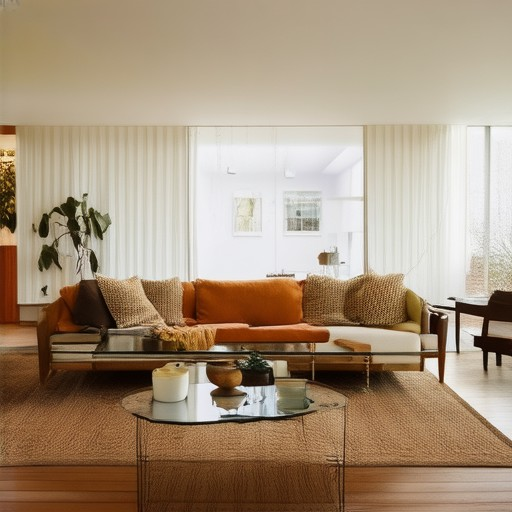
Which furniture is considered mid-century?
Mid-century modern (MCM) furniture refers to the style of furniture produced between the 1930s and 1970s, characterized by clean lines, minimalist designs, and the use of industrial materials. This style emerged in the United States during the Great Depression and became widely popular due to its affordability and functional approach to design.
- Characteristics: MCM furniture often features streamlined forms, geometric shapes, and a focus on functionality over ornamentation. Common materials include teak, rosewood, oak, and chrome.
- Popular Pieces:
- Eero Saarinen’s Tulip Chair
- Hans Wegner’s CH24 Chair
- Bernoulli Chairs
- Leather Sling Back Chairs
- Historical Context: The mid-century period saw significant influences from architects like Frank Lloyd Wright and designers like Charles and Ray Eames, who emphasized organic shapes and integration of form and function.
The mid-century modern style is celebrated for its timeless appeal and ability to adapt to various residential settings, making it a favorite among collectors and interior designers alike. Competitors in the market include brands like Vintage Modern and MCModern , which offer authentic reproductions and restoration services.
What Makes a Piece of Furniture Mid-Century?
The term “mid-century” generally refers to furniture and design styles that emerged in the mid-20th century, particularly from the 1920s to the 1970s. These pieces are characterized by their distinct aesthetic, functional design, and historical context.
Key Characteristics:
- Minimalist and Clean Lines: Mid-century modern furniture often features streamlined, simple forms with clean lines and sharp edges, avoiding excessive ornamentation.
- Material Usage: Pieces are typically crafted from natural materials like wood, metal, and leather, often showcasing craftsmanship and durability.
- Functionality Over Decoration: The design focuses on utility and efficiency, reflecting the influence of the Bauhaus movement and industrial design principles.
- Geometric and Asymmetrical Shapes: Many designs incorporate geometric forms and asymmetrical layouts, creating a sense of modernity and innovation.
- Color and Contrast: Bold colors, unique textures, and contrasting elements were common, contributing to a dynamic and eclectic look.
Time Period:
Mid-century furniture is most commonly associated with the mid-20th century, though its roots extend back to earlier movements like Art Deco and Functionalism. The peak of production occurred during the 1950s and 1960s.
Design Influences:
Mid-century modern design was shaped by several cultural and artistic movements, including:
- Modernism: A rejection of traditional decorative arts, embracing simplicity and functionality.
- Bauhaus: Emphasizing the union of art, design, and function, influencing the use of industrial materials and mass production techniques.
- Cultural Shifts: Post-WWII economic prosperity allowed for greater access to high-quality, well-designed furniture.
Iconic Features:
- Round and Organic Forms: Designs often incorporated curved lines and organic shapes, breaking away from traditional rectangular forms.
- Legacy of Natural Materials: Wood, particularly walnut, was a popular choice due to its warmth and versatility.
- Comfort and Durability: Mid-century pieces were built to last, with many still functioning today as heirloom items.
Mid-century furniture continues to be sought after for its timeless appeal, blending historical significance with contemporary design sensibilities. Its enduring popularity lies in its ability to adapt to various interiors while retaining its unique character.

What Are the Four Characteristics of Mid-Century Design?
Mid-century design, particularly the mid-century modern style, is characterized by several distinct traits that set it apart from other design movements. Below are the four primary characteristics of mid-century design:
- Simplicity
- Mid-century modern design emphasizes simplicity and minimalism. This approach focuses on clean lines, open spaces, and the reduction of unnecessary ornamentation. The goal was to create a sense of serenity and functionality in living spaces.
- Key elements include streamlined forms, monochromatic color palettes, and a focus on proportion and scale. This simplicity often led to designs that felt timeless and unpretentious.
-
Organic Forms
- Mid-century design often incorporated organic shapes and curves, contrasting with the geometric and angular styles prevalent in earlier centuries. This movement drew inspiration from nature and aimed to bring a sense of fluidity and harmony into design.
- Examples include curved furniture pieces, asymmetrical layouts, and the use of natural materials like wood and stone.
-
Functionality
- Mid-century modernists prioritized functionality over aesthetics. Designs were created with a specific purpose in mind, often blending form and function seamlessly. This approach led to innovations in furniture and architecture that remain practical and enduringly popular.
- One notable example is the development of multipurpose furniture, such as storage ottomans or foldable tables, which reflected the era’s emphasis on efficiency and resourcefulness.
-
Unassuming Nature
- Unlike the opulent styles of previous centuries, mid-century design often had an unassuming and humble aesthetic. Designers focused on subtlety and understatement, creating pieces that could fit into various settings without drawing excessive attention.
- This characteristic is evident in the use of muted colors, honest materials, and a preference for utility over showmanship.
These characteristics define the mid-century modern style, making it a cornerstone of contemporary design. To learn more about how to incorporate mid-century design principles into your home, explore our guide on mid-century design ideas .
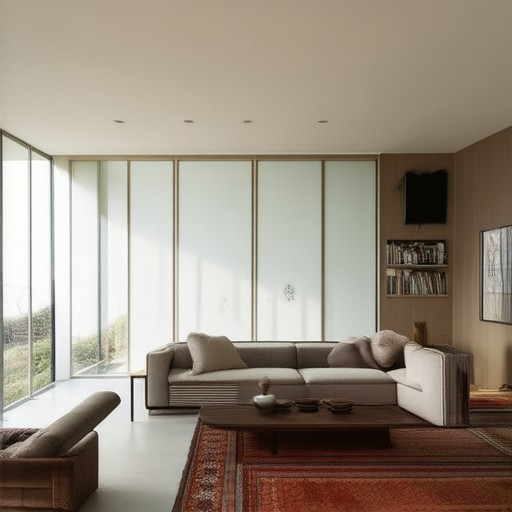
What is the 1950s Furniture Style Called?
The 1950s furniture style is commonly referred to as Mid-Century Modern . This design movement emerged in the mid-20th century, characterized by clean lines, organic forms, and minimalist aesthetics. It drew inspiration from nature and functionality, often incorporating materials like wood, metal, and leather.
Key features of Mid-Century Modern furniture include:
-
- Simple, geometric shapes
Prominent designers associated with this style include Charles Eames, George Nakashima, and Eero Saarinen. Their work reflects the era’s emphasis on progress, innovation, and a sense of optimism after World War II.
For more details, visit the Wikipedia page on Mid-Century Modern .
How to Identify Mid Century Furniture
Mid-century modern furniture, spanning from the 1930s to the 1970s, is characterized by its sleek lines, minimalist design, and functionalist approach. Here’s how to recognize these iconic pieces:
- Key Characteristics: Look for clean lines, geometric shapes, and a focus on simplicity. These pieces often feature tapered legs, asymmetrical forms, and a sense of balance.
- Materials: Common materials include teak, oak, and metal. Many pieces showcase natural wood finishes, while others may have industrial-inspired metals and plastics.
- Construction Techniques: Mid-century furniture is known for its sturdy build quality, often utilizing mortise and tenon joints. The craftsmanship is typically meticulous, with attention to detail in joinery and hardware.
- Famous Designers: Icons like Eero Saarinen, Charles Eames, and Le Corbusier left lasting marks on the era. Their designs often exhibit unique signatures, such as Saarinen’s curved bench or Eames’ molded plywood chairs.
- Multi-Functional Design: Mid-century pieces were created with an emphasis on versatility, blending aesthetics with practicality. This adaptability makes them timeless in today’s homes.
Verifying Authenticity:
- Provenance and History: Research the origin of the piece. Scandinavian designs, for instance, may have distinct regional markings or labels from renowned manufacturers.
- Manufacturer Stamps: Look for stamps or labels from well-known brands associated with mid-century production.
- Finish and Wear: Examine the finish for signs of originality, checking for wear consistent with the era. Refinished pieces may show inconsistencies or layers of varnish.
Consulting Resources:
- Engage with online communities and forums dedicated to mid-century modern collecting.
- Refer to reference books and guides that specialize in identifying vintage furniture.
- Visit museums or galleries showcasing mid-century exhibits for comparative analysis.
By focusing on these elements, you can accurately identify and appreciate the craftsmanship and design of mid-century modern furniture, which continues to influence contemporary interiors worldwide.
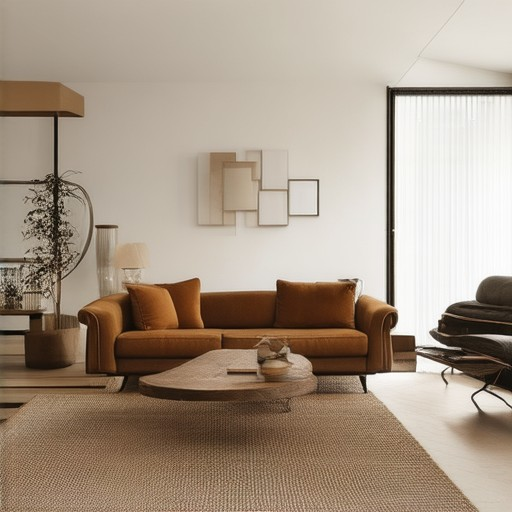
Popular Furniture Styles of the 1950s
The 1950s saw a unique blend of creativity and functionality in furniture design, reflecting the era’s cultural shifts and technological advancements. Here are the most prominent furniture styles from this decade:
- Modernist Design: Characterized by clean lines, minimalist forms, and a focus on functionality. This style drew inspiration from European movements like De Stijl and Bauhaus, emphasizing simplicity and utility.
- Scandinavian Design: Known for its timeless elegance and practicality, Scandinavian furniture featured natural materials like teak, oak, and birch, along with sleek, functional pieces that promoted a healthy lifestyle.
- Tropical Modernism: Inspired by the exoticism of far-off lands, this style incorporated vibrant colors and geometric patterns, often seen in resort-style furnishings and mid-century modern pieces.
- Art Deco Revival: While less dominant than in earlier decades, Art Deco influences could still be found in decorative elements, particularly in lighting and accessories.
One of the most iconic furniture types from this era is the mid-century modern dining set , which remains highly sought after today. These sets often featured teak or other durable woods, showcasing the era’s preference for natural materials paired with streamlined designs.
For those looking to incorporate 1950s aesthetics into modern homes, consider pairing vintage pieces with contemporary accents. A well-crafted teak sideboard or a retro-inspired coffee table can add a touch of mid-century charm without overwhelming the space.
Exploring these styles allows you to create a cohesive and nostalgic interior that pays homage to the innovative spirit of the 1950s. Whether you’re renovating a retro home or blending vintage finds with modern decor, the principles of this era continue to inspire designers and collectors alike.

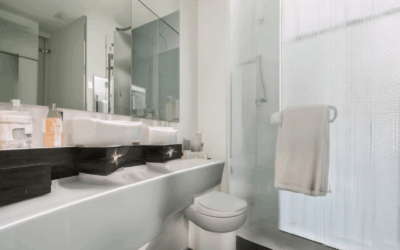
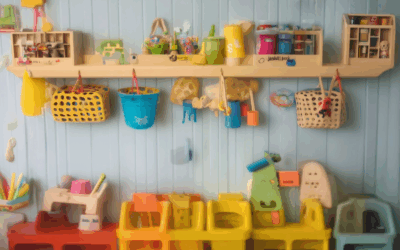

0 Comments